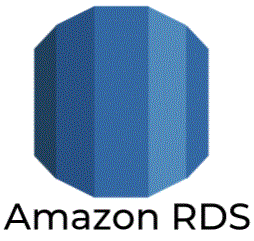31. What does a production rule consist of?
A production system (or production rule system) is a computer program typically used to provide some form of artificial intelligence, which consists primarily of a set of rules about behavior but it also includes the mechanism necessary to follow those rules as the system responds to states of the world.
32. What is First-order logic in AI?
First-order logic is another way of knowledge representation in artificial intelligence. It is an extension to propositional logic. FOL is sufficiently expressive to represent the natural language statements in a concise way. First-order logic is also known as Predicate logic or First-order predicate logic.
33. What is model accuracy and model performance?
Model accuracy is defined as the number of classifications a model correctly predicts divided by the total number of predictions made.
Evaluating the performance of a model is one of the core stages in the data science process. It indicates how successful the scoring (predictions) of a dataset has been by a trained model.
34. What’s selection bias? What other types of biases could you encounter during sampling?
Selection bias is an experimental error that occurs when the participant pool, or the subsequent data, is not representative of the target population. There are several types of selection bias, and most can be prevented before the results are delivered.
35. What steps would you take to evaluate the effectiveness of your ML model?
In order to evaluate the machine learning models, you will have to know the basic performance metrics of models. For example, accuracy, precision, recall, F1-score, or AUC values are important measures for classifiers. Following this, you are also requested to go through other supervised and unsupervised machine learning algorithms.










